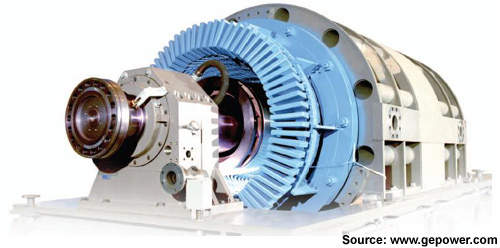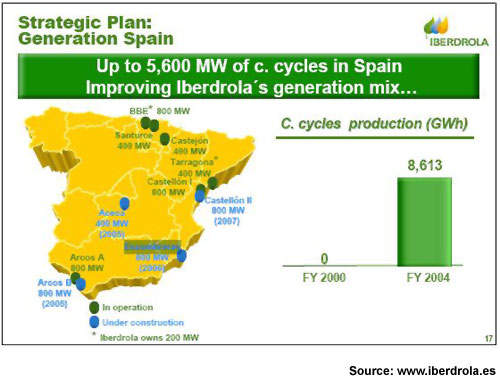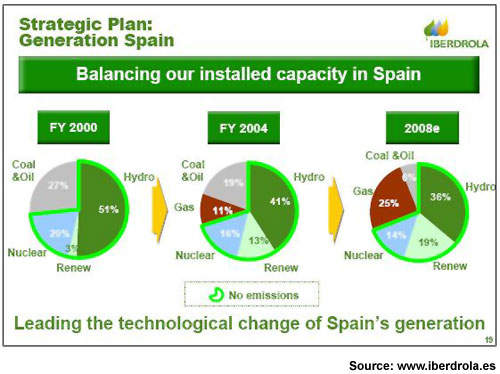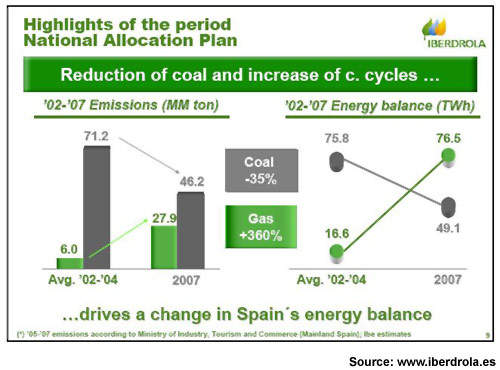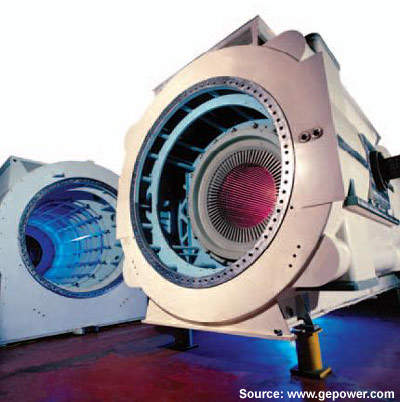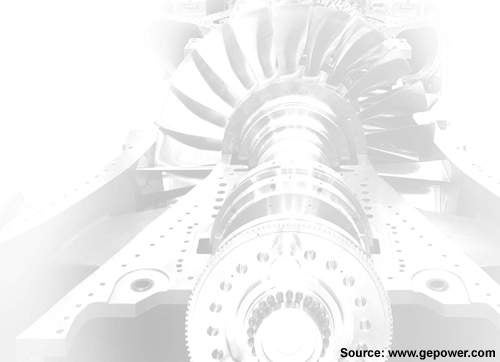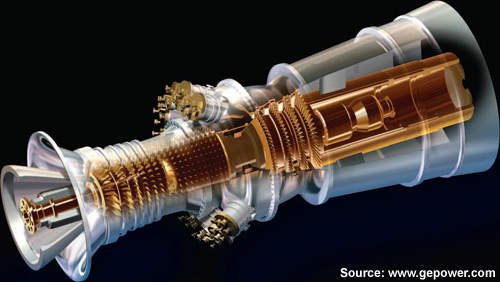Spanish utility Iberdrola Generacion has used GE’s 9FB-based combined-cycle power system to power its 815MW Escombreras power plant in Murcia, Spain. GE supplied a S209FB combined-cycle system, which was only the second use of a 9FB gas turbine (the first being at Arcos de la Frontera, also in Spain).
The 2+1 configuration plant has two gas turbines and a steam turbine. It is located in the Escombreras Valley, on the Mediterranean coast in Cartagena, around 100km south of Alicante. The plant is thought to cost around €800m, and was synchronised to the grid in September 2005.
The dual-fuel station is in response to fast-growing power demand in Spain, which is already the fifth largest electricity market in Europe. After shortages and price increases in 2002, the country has begun a large construction programme of CCGT plants.
The country has been scaling back its heavily subsidised domestic coal industry in response to EU regulations. It will still, however, increasingly rely on cross-border imports of bulk electricity.
AIR-COOLED 9FB GAS TURBINE
The 9FB is the 50Hz version of the 60Hz 7FB gas turbine, introduced in 1999. The 9FB produces 412MW and gives a net plant efficiency of 58%. By comparison, GE’s 9FA gas turbine has a combined-cycle output of 390MW and a net plant efficiency of 56.7%.
The improved output and efficiency have mainly come from increasing the firing temperatures. The original Frame 7F machine, introduced in 1989, fired at 1,260°C, while the 9FB fires at above 1,370°C.
The FB compressor is based closely on the FA design. It is an 18-stage, axial flow unit with variable inlet guide vanes to maintain high part-load efficiency and low emissions over a wide operating range.
Variable vanes also improve low-speed surge characteristics, make startups easier and provide good part-load performance in combined-cycle applications. Closing the vanes keeps exhaust temperature up at reduced loads, thus retaining steam-raising capabilities if the gas turbine is running at less than 100% load.
Throughout the compressor blade path, all airfoil material is high chromium-stainless steel. While the FA units operate at compressor pressure ratios of 15.5 to 1, the FB machines run at 18.5 to 1. The compressor rotor tie bolts material was changed to IN718 alloy to provide improved clamp load for the higher torque
330H GENERATORS
The S209FB uses the 330H generator, with the design being developed jointly by GE Energy, GE Global Research and GE Transportation.
The generator is hydrogen cooled. Low density, high specific heat and good thermal conductivity make this an excellent coolant for rotating electrical machines. Hydrogen gas is circulated in a closed loop within the generator to remove heat and then cooled by gas-to-water heat exchangers that are part of the stator frame.
The compact frame is tightly sealed to prevent gas leakage; oil seals are installed on the shaft at each end of the stator to prevent leakage as the shaft emerges from the stator frame.
The hydrogen-cooled generator’s interior is completely sealed from the atmosphere to prevent ingress of dust, humidity, salt and chemicals. The absence of oxygen in the cooling gas means the generator’s high-voltage insulation system will not be damaged by any corona activity in the generator’s stator windings. This is a significant factor in machine reliability.
ERECTED ON SITE OF OLD STEAM PLANT
The combined-cycle plant was erected on the old steam plant site in the place of units 1, 2 and 3 – which were dismantled. Units 4 and 5 have been left as emergency units to supply up to 580MW. The plant is gas fired, with a backup of 30 hours of oil operation.
Escombreras now emits nearly 900,000t of CO2, 5,500t of SO2, 1,700t of NOx and 300t of particulate matter a year.

